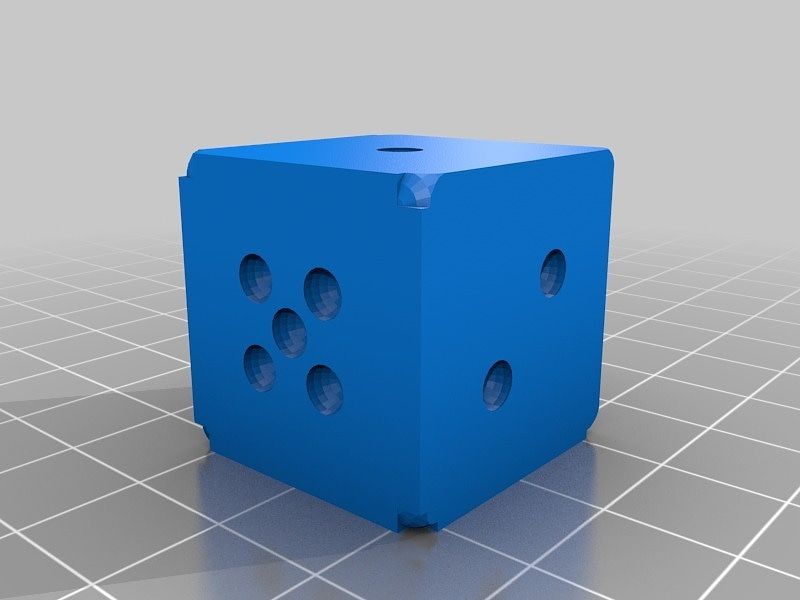HP Microserver Gen 8 / SmartArray P222 / VMWare ESXi 7.0 storage
A few weeks ago I noticed that one of the drives on one of my HP Microserver was in a degraded state. I had a choice: cheap and simple or expensive and complicated. While it made no sense (really) I chose expensive and complicated.
Instead of just buying a new 2TB drive to replace the degraded drive I purchased 4 new 4TB drives with the intention of doubling available storage.
This would involve rebuilding the drives one by one, then expanding the logical drive and then telling VMWare to extend the VMFS volume.
Here are a few tips and tricks I picked up along the way:
Smart Storage Administrator (SSA)
You will want to install HP's Smart Storage Administrator CLI for VMWware. Just Google "Smart Storage Administrator (SSA) CLI for VMware", download and install on your ESXi host.
Monitoring Rebuild Process
Use the following command:
/opt/smartstorageadmin/ssacli/bin/ssacli ctrl all show config
Note: the full path is necessary (I don't know why, but it is).
Extending Logical Drive
Use the following command:
/opt/smartstorageadmin/ssacli/bin/ssacli ctrl slot=1 ld 1 modify size=max forced
Be sure to check slot# and logical drive number match what is in your system.
which meant that instead of replacing the one degraded drive with one of the same capacity I would purchase four new drives of larger capacity.
to either replace with the same size drive or make my life complicated by replacing all four drives with newer and larger capacity drives.
ESXi servers was degraded. The system has a RAID5 array, so everything was still working, but if I did not replace the drive an another drive failed then there would have been a problem.
The system was populated with 4 2TB hard drives for a total of about 6TB of storage. I took this as an opportunity to expand my data storage and purchase 4 4TB hard drives which once expanded would give us about 12 TB of raw storage (this turned out to be closer to 11TB).
Once the new drives arrived the first task was to replace the old drives. This was done one at a time. Replace one drive and wait for the array to rebuild, the replace the next drive and rebuild and again and again until all four drives



